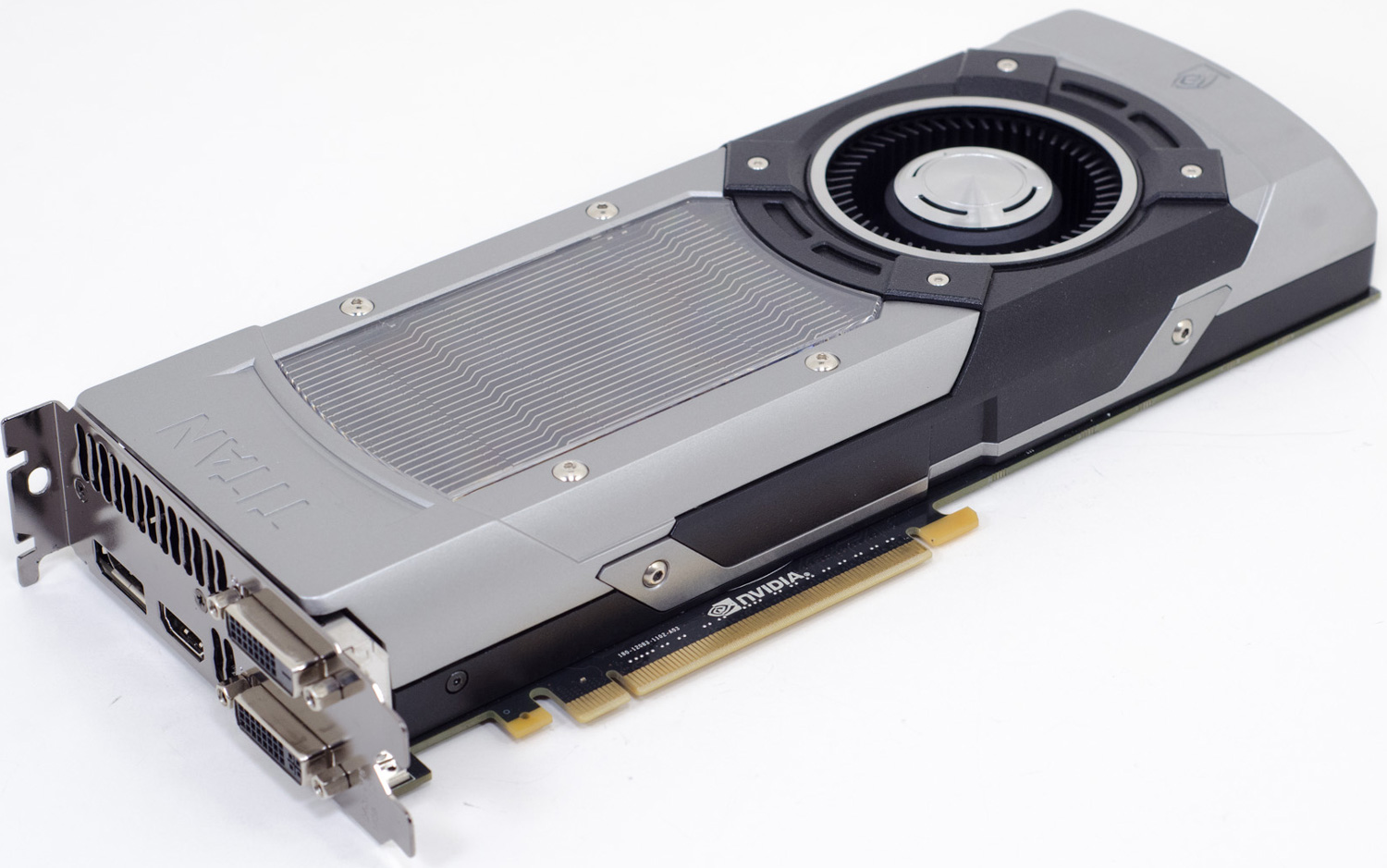The GPU
The GPU's primary purpose is to handle graphical and visual tasks, such as rendering graphics, accelerating 3D rendering, enhancing video playback, and supporting parallel computing. Its high parallel processing power also makes it valuable for various non-graphical tasks, including scientific computing and machine learning.

Graphics Rendering:
The main purpose of the GPU is to render and display images, videos, and graphical content on the computer screen. It excels at handling complex visual data, making games, videos, and user interfaces appear smooth and realistic.
3D Graphics Acceleration:
GPUs are particularly crucial for rendering 3D graphics in video games and 3D modeling applications. They can handle complex 3D scenes, rendering textures, lighting, and special effects in real time.
Video Playback:
The GPU accelerates video decoding and playback, ensuring high-quality and smooth video streaming and playback.
Parallel Processing:
Modern GPUs are designed with many cores that can perform tasks simultaneously, making them excellent for parallel processing and tasks that can benefit from massive parallelism, such as scientific simulations, artificial intelligence, and cryptocurrency mining.
Image and Video Editing:
GPUs assist in image and video editing software by accelerating tasks like applying filters, effects, and transformations, which greatly improves editing performance.
Multiple Displays:
GPUs can support multiple monitors, extending the desktop and enhancing productivity for tasks that require multiple windows or displays.
Compute Tasks:
Beyond graphics, GPUs are increasingly used for general-purpose computing (GPGPU). They can perform complex calculations, simulations, and scientific computations much faster than traditional CPUs.
Machine Learning and AI:
GPUs are critical for training machine learning models, thanks to their ability to handle large datasets and complex mathematical computations efficiently.
Game Physics and Simulation:
GPUs contribute to the realism of games by handling physics calculations and simulations, making in-game interactions more authentic.